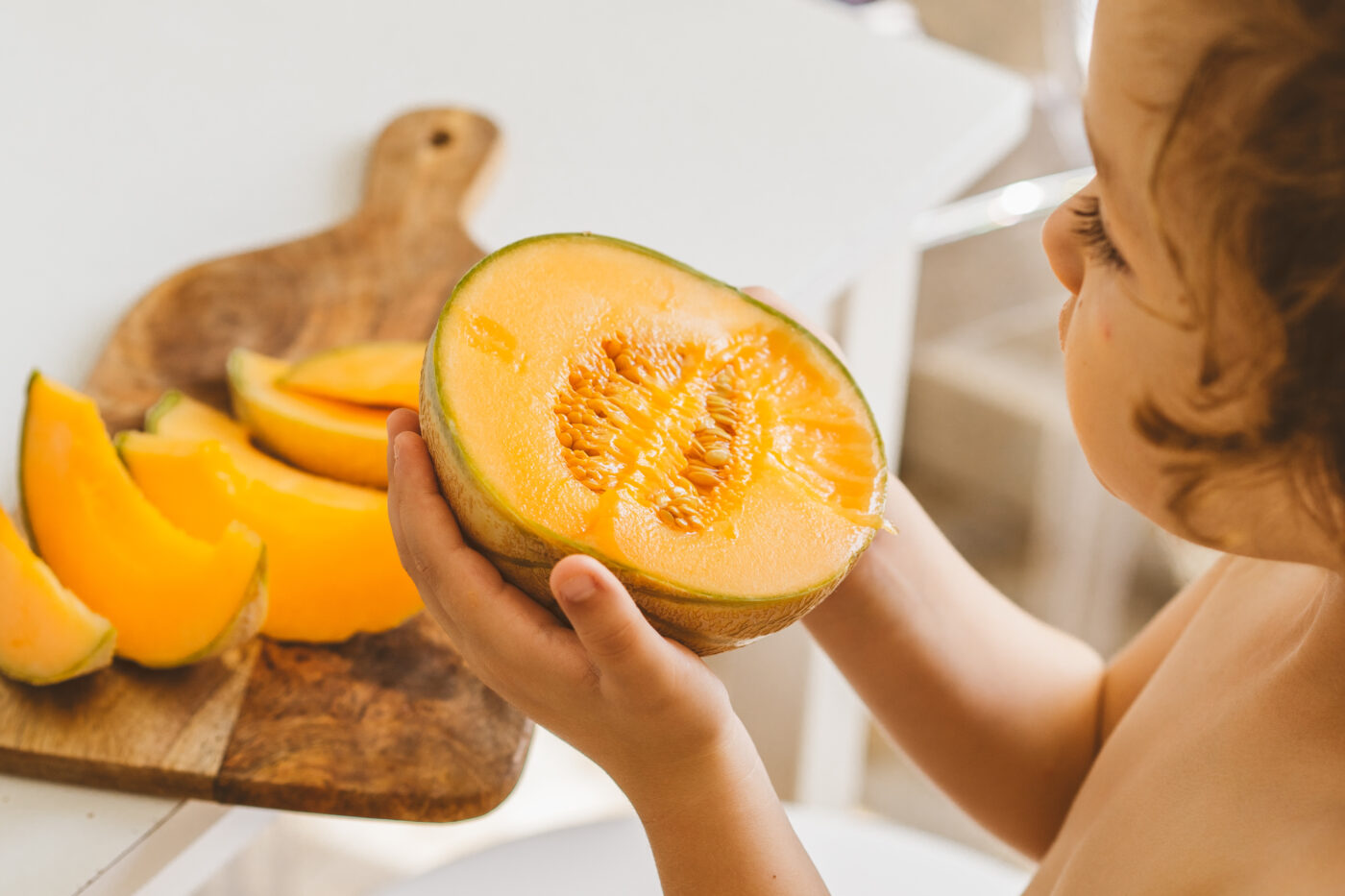The sight of fresh and colorful fruit in markets and shops is always tempting, especially when melons are available, which promise a real summer refreshment with their juicy and sweet taste. Among the various types, cantaloupe is one of the most popular due to its aromatic sweetness and soft texture. But despite their attractive appearance, choosing the right, just-ripe melon can be a challenge.
Many of us have experienced the disappointment of bringing home a melon that was either too hard or too ripe. To avoid this, it is important to know some key tricks that help us choose the best cantaloupe. In the following, we offer you indispensable tips on how to identify a ripe melon, which will bring the right dose of sweetness and juiciness to your home.
Why choose melon?
Melon is not only a delicious and refreshing choice for hot summer days, but it is also a treasure trove of nutrients that can benefit your health. Cantaloupes are particularly rich in vitamins A and C, which are essential for maintaining healthy skin, good eyesight and a strong immune system. One medium-sized cantaloupe contains more than 100% of the recommended daily intake of vitamin A and almost all of the required daily intake of vitamin C. In addition, these melons are a good source of potassium, which is important for regulating blood pressure, and fiber, which promotes gastrointestinal health. Its low calorie content and high water content (around 90%) make cantaloupe an excellent choice for hydration and maintaining a healthy weight. So including melon in your diet can be a delicious and healthy way to help you feel better and healthier.
How to choose a melon?
1. Color is key
The first and easiest way to judge the ripeness of a cantaloupe is to observe the color. A ripe cantaloupe boasts a beautiful yellow-orange color, while an unripe melon retains its green tones. In addition, a ripe melon emits a sweet and slightly nutmeg aroma that is pleasant and inviting.
2. Checking the stalk
When buying a melon, first check the end where the stalk was. If the stalk is still there, it usually means that the melon was picked early and is not ripe enough. However, if there is a slight indentation at the place of the stem, this indicates that the melon was easily plucked, which is a good sign of ripeness.
3. The weight of the melon
Similar to watermelons, a ripe cantaloupe feels heavy for its size. Try pressing on the bottom of the melon (opposite the stem) - the melon should push in slightly and then spring back. If the melon doesn't indent at all, it's probably underripe, but if the indentation remains, it's overripe.
4. Sound when shaking
Another way to test for ripeness is to lift the melon and shake it. If you hear the seed rattling inside, this indicates that the seed has been torn from the wall, which means the melon is overripe.
By using these simple tips, you will be able to choose the perfect ripe cantaloupe to enrich your meal or dessert. A properly selected ripe melon will not only be tastier, but also juicier and more aromatic. So, the next time you're faced with picking melons, take a moment to check these key signs of ripeness. Your taste buds will thank you!










